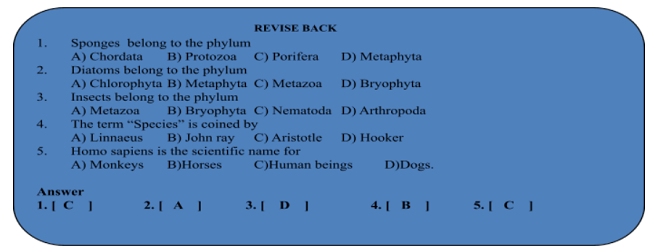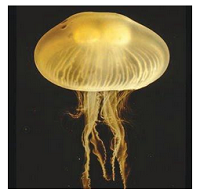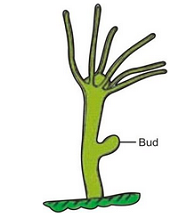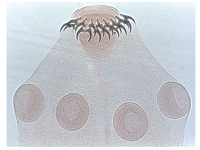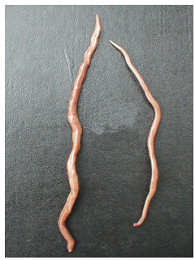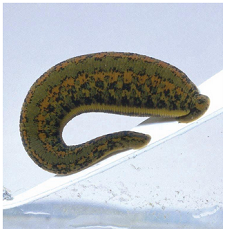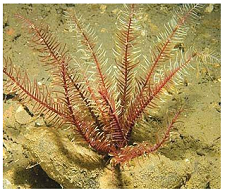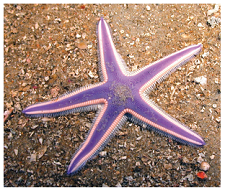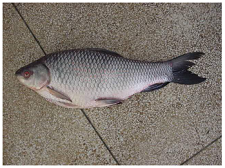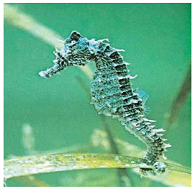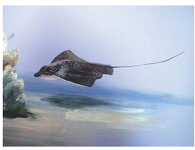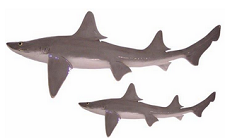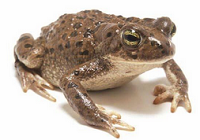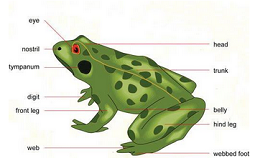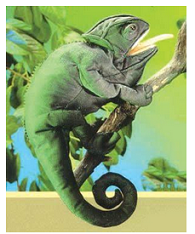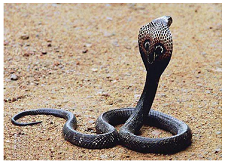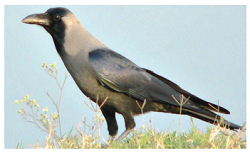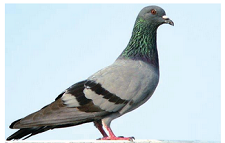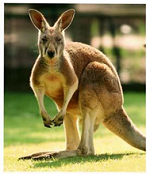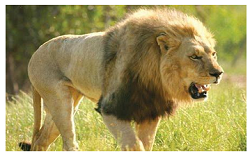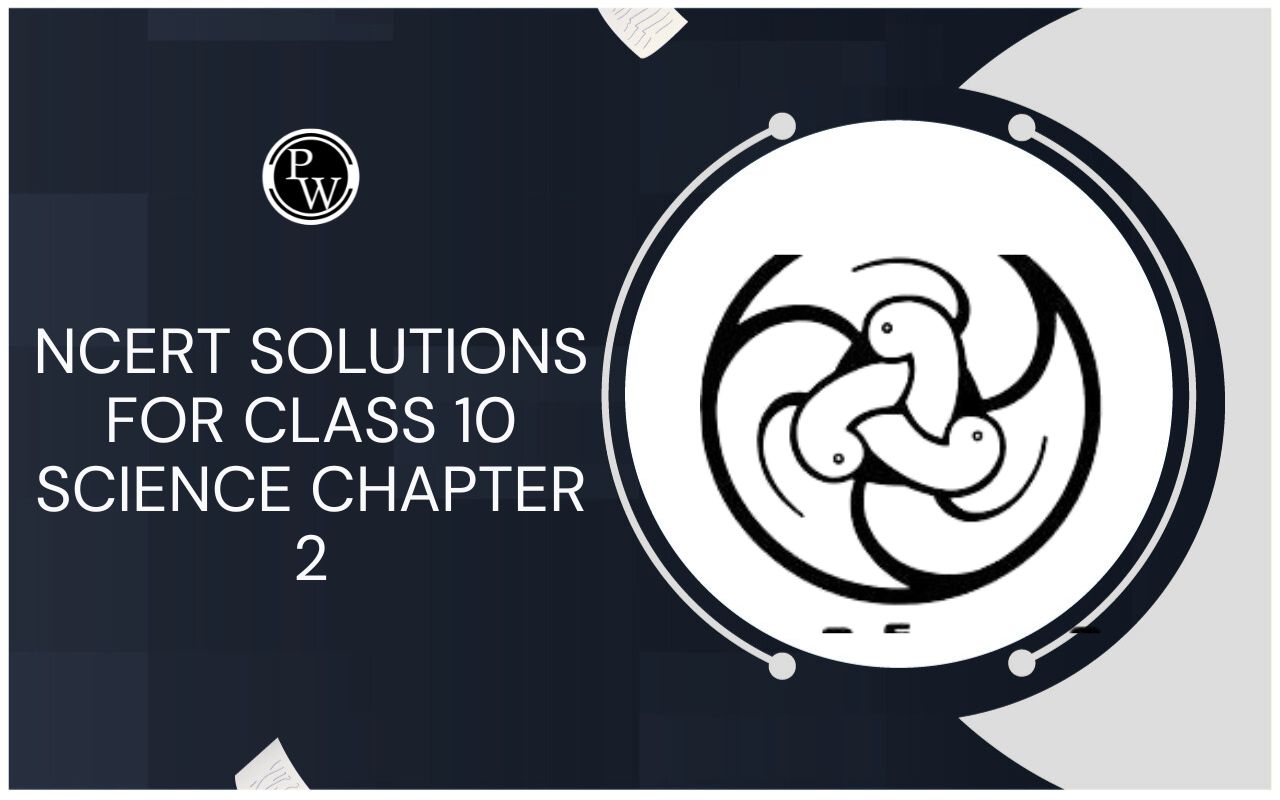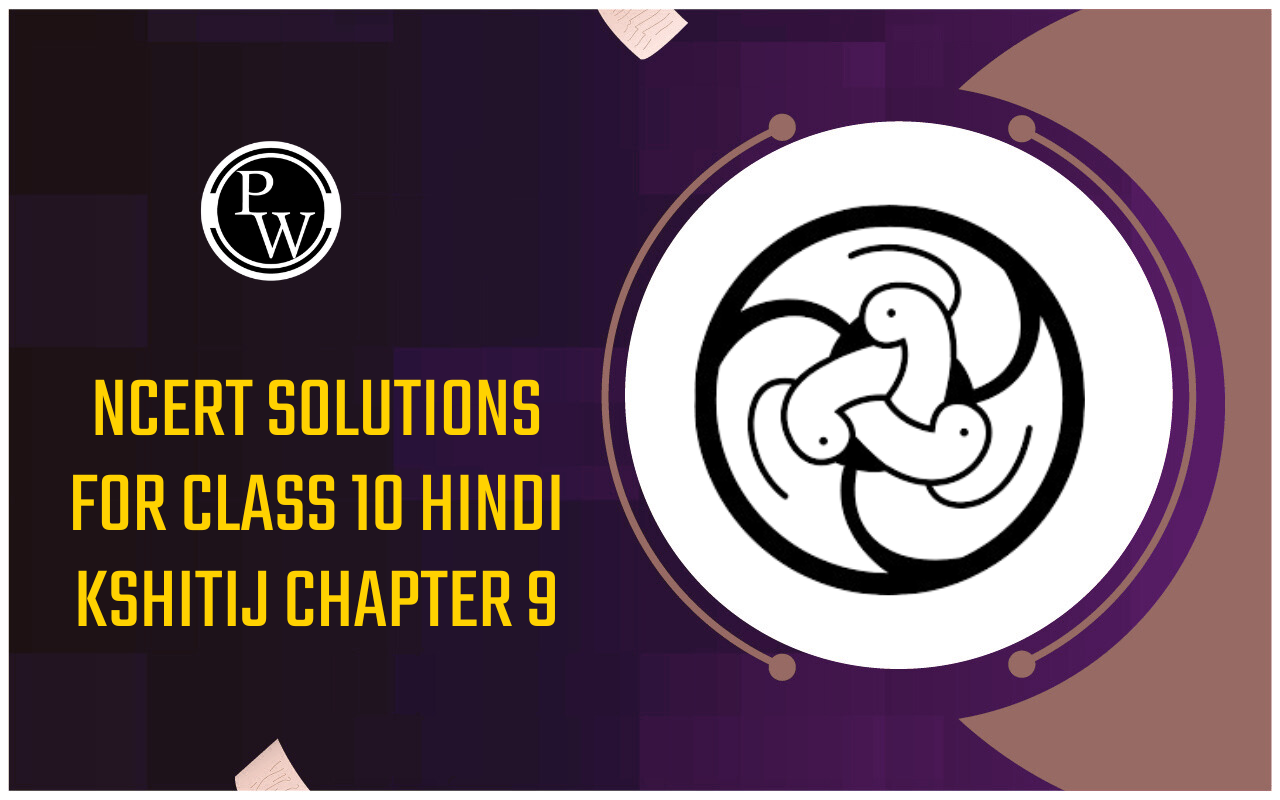
kingdom animalia classification
Diversity of organism of Class 9
The history of classification is very old but the pioneer of this field was Aristotle who started his work in 284–322 B.C. He divided the animal kingdom into smaller groups on the basis of behaviour, structure and mode of living i.e., habit and habitat. The importance of species was first of all told by John Ray (1628–1705). Later in 1758 a Swedish scientist Charles Linnaeus laid the foundation of modern classification and nomenclature. He is known as the father of the Taxonomy. He devised a binomial system of the nomenclature in which every animal or plant is given two names a generic name or Generaand a specific name or species.
Body symmetry
It refers to the similarity in the arrangement of body parts on the opposite sides of the body.Animals possess three kinds of symmetry i.e., radial or bilateral or irregular, Radial symmetry is defined as an arrangement of usually similar parts in a regular pattern around a central axis. In bilateral symmetry the two sides of the body are mirror images of one another i.e., left and right sides are symmetrical.
CHARACTERS:
Presence or absence of notochord : Animals may or may not possess a skeletal rod called notochord at some stage of their life. Animals which possess notochord are grouped under the phylum chordate and those which lack notochord are grouped together as non-chordates.
Germ layers: The body wall is made up of layers such as ectoderm, mesoderm and endoderm. Some animals have two germ layers and are called diploblastic. The others are triploblastic.
Presence or absence of body cavity: Animals can be of three types depending on the presence or absence of body cavity. In acoelomates there is no body cavity except in digestive tract. Pseudocoelomates have body cavity but do not arise from the mesoderm. In coelomates there is a true coelom lined by mesodermal epithelium.
Scientific classification is a method by which biologists group and categorize species of organisms. A taxon is a name designating an organisms or group of organism according to presumptive evolutionary relationships from . The seven main taxa are from largest to smallest are Kingdom, Phylum, Class, Order, Family, Genus, Species.
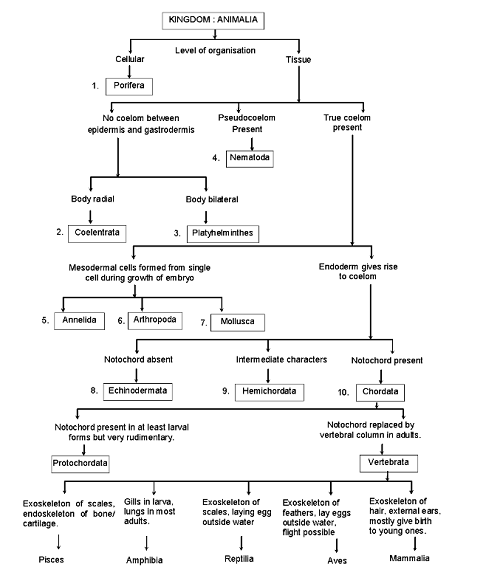
PHYLUM PORIFERA
They are commonly known as sponges. Their body wall is perforated by numberous small apertures or pores called as ostia. Due to their perforated body they are called as Porifera.
Name porifera was coined by Robert Grant (1825).
Study of sponges- Parazoology.
CHARACTERS:
- These animals are sedentary and remain attached to the stones and rocky bottom of the sea. Theyare radially symmetrical.
- They are the first multicellular organism of this planet.
- They all occur in marine water with the exception of members of family spongillidae which are aquatic.
- Their body is perforated by numerous ostia while anterior end possesses a large opening known as oscullum.
- They are diploblastic and body wall is divided into outer ectoderm and inner endoderm which are separated by a jelly like non-cellular layer known as Mesenchyme.
-
They are characterised by the presence of a canal system within the body which performs and regulates all the vital activities of the animal.
- They possess exoskeleton constituted by spicules which are composed of calcium carbonate (CaCO 3 ), silica or sponginfibre.
- Nerve cells do not occur in them.
- Vegetative, asexual and sexual reproduction take place.
- Fertilization is internal.
- They possess great power of regeneration.
PHYLUM COELENTRATA OR CNIDARIA
These are organisms with hollow gut or digestive tract.
Characteristics
- They are all aquatic, solitary or colonial organisms.
-
They are diploblastic with tissue level of organization.
-
The body has a single cavity called coelenteron with only one opening i.e., mouth. The mouth is meant for taking food and throwing out waste. The mouth bears slender processes called tentacles.
- e.g. Hydra (fresh water polyp), Aurelia (Jelly fish), etc.
|
|
|
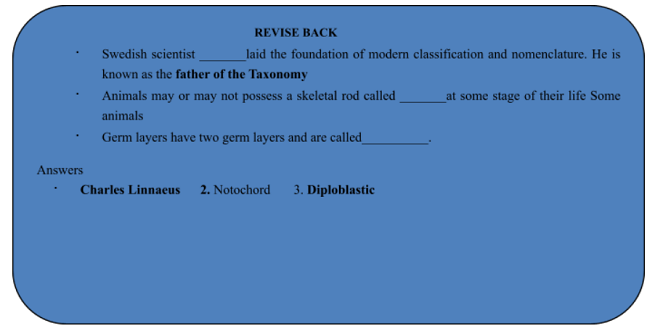
PLATYHELMINTHES
They are commonly called flatworms.
|
Characteristics
e.g. Fasciola (liver fluke), Taeniasolium (Tapeworm), Dugesia (Planaria), etc. |
|
NEMATODA OR ASCHELMINTHES
These are called round worms.
|
Characteristics
Ascaris |
|
ANNELIDA
As the name implies they are segmented worms. They are found in variety of habitats like fresh water, marine water and land.
|
Characteristics
|
Hirudinaria |
ARTHROPODA
These are the animals with jointed foot. This is the largest phylum with about 900000 species.
Characteristics
- They are found on the earth, air and in the water.
- Some of the species are parasitic in nature.
- The body is bilaterally symmetrical.
- The body is segmented and triploblastic.
- The body is normally divided into three parts viz., head, thorax and abdomen.
- Their exoskeleton is composed of hard chitinous material or cuticle.
- Each body segment usually bears one pair of jointed appendage.
-
True coelom is absent and haemocoel is present which is formed by the union of blood vessels.
- Alimentary canal is complete
- The blood vascular system is open type.
- Respiration takes place by gills, trachea or book lungs.
- Excretory organs are malpighian tubules or green glands.
- Sexes are separate.
- Number of larvae are formed during the development.
MOLLUSCA
They are mostly marine animals with a soft body.
Characteristics
- Their habit and habitat vary widely, they are found in fresh water, seaand also on land.
- These animals are bilaterally symmetrical and coelomate.
- Body is very soft and unsegmented.
-
The soft body is covered externally or internally by a shell made up of CaCO 3 and is protective innature.
- These animals are triploblastic.
- Some animals are asymmetrical due to occurrence of torsion.
- Body organs are covered by a mantle.
- The coelom is very small and not much spacious.
- Organ systems are well developed.
- Blood vascular system is well developed and has a soft, dorsal heart.
- Haemocyanin is the blood pigment in case of molluscans which is bluish in colour.
- Respiration is accomplished by gills and pulmonary chamber.
”
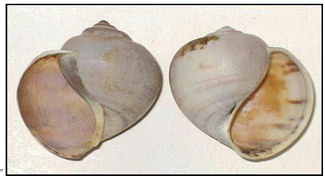
Pila
ECHINODERMATA
The term Echinodermata means spiny skin given by Jacob Klein.
Leuckart raised the group a separate phylum.
Phylum echinodermata contains some 6000 known species are constitutes the only major group of deuterostome invertebrates.
Bather (1900) stated the phylum is one of the best characterised and most distinct phyla of the animal kingdom.
CHARACTERS
- They are marine.
- Their body is bilaterally symmetrical in the youngs but later radial symmetry is found in the adults.
- Endoskeleton is composed of calcarious plates.
- True coelom is found in these animals.
- Specialized haemal and perihaemal system and characteristic feature of phyla i.e., water vascular system is found in them.
- Tube feet facilitate the locomotion, respiration and food capturing.
- Alimentary canal is coiled.
- Excretory organs are not found.
- they are unisexual.
- Fertilization is internal.
- Development may be direct or indirect.
- Phylum Echinodermata includes the following five classes :
Class 1. Crinoidea. The oral surface is directed upward.
Example Antedon (feather star).
Class 2. Holothuroidea. Worm-like body without arms and spines
Example : Holothuria (sea cucumber) Cucumaria.
Class 3. Echinoidea.
- Spherical or discoidal body lacking arms.
- Body enclosed in an endoskeletal shell or test of closely fitted clacareous plates covered with movable spines.
Examples : Echinus (sea urchin).
Class 4. Asteroidea. Flattened, pentagonal or star-shaped body with flexible endoskeleton.
Examples : Pentaceros, Asterias (star fish).
Class 5. Ophiuroidea. Asteroids-like body is flat and composed of long arms and a central disc. Example : Ophioderma (brittle star), Ophiura (brittle star)..
|
Antedon |
Asterias |
HEMICHORDATA
The animals belonging to this phylum has a combination of invertebrate and chordate characters. They resemble chordates in having pharyngeal gill-slits and resemble invertebrates in lacking notochord and dorsal nerve cord. e.g. Balanoglossus.
Characteristics
- These are worm like animals.
-
These are burrowing forms found in the burrows near sea shore.
- Notochord is absent and if present then situated in anterior region only.
-
Gill slits are found in the pharynx.
-
A dorsal tubular nerve cord is present.
-
Blood vascular system is closed and composed of blood vessels only, no heart is found. Blood circulation is like that of earthworms.
-
Body soft, unsegmented worm-like and bilaterally symmetrical. These animals possess a combination of invertebrate (nonchordate) and chordate characters.
-
Body is divided into probosicis, collar and trunk
-
These animals resemble chordates only in having pharyngeal gill-clefts and they lack notochord and true dorsal nerve cord.
-
Buccal diverticulum’, earlier regarded as “notochord” is present in proboscis.
CHORDATA
It is the most advanced animal phylum.
Characteristics
- These are worm like animals.
- These are burrowing forms found in the burrows near sea shore.
- Notochord is absent and if present then situated in anterior region only.
- Gill slits are found in the pharynx.
- A dorsal tubular nerve cord is present.
- Blood vascular system is closed and composed of blood vessels only, no heart is found. Blood circulation is like that of earthworms.
A. VERTEBRATA
- The animal body is mostly divided into four regions – head, neck, trunk and tail.
- There are two pairs of appendages.
- The notochord is partly or fully replaced by a jointed vertebral column in the adult.
- They are triploblastic and coelomate.
- They have dorsal nerve chord and gill pouches.
- The subphylum vertebrata is further divided into classes.
(i) Pisces
This class includes fishes. They are exclusively aquatic. Fishes may have bony or cartilaginous skeleton. They have fins and tail for locomotion. Respiration is by gills. Their heart is two chambered and they lay eggs.
(a) Bony Fishes
- They have skeleton made up of cartilage.
- Body is generally spindle-shaped.
- Mouth is terminal in position.
- Skin is either naked or covered with cycloid scales.
e.g. Labeorohita (Rohu), Hippocampus (sea horse), Anabas (climbing perch), etc.
|
Labeorohita |
Hippocampus |
(b) Cartilaginous Fishes
- They have skeleton made up of bone.
- Body is either laterally compressed or dorsoventrally flattened.
- Mouth is ventral in position.
- Skin is covered with placoid scales.
- e.g. Scoliodon (dog fish), Torpedo (Electric ray), Trygon (sting ray), etc.
|
Trygon |
Scoliodon |
(ii) Amphibia
This class includes amphibians or the animals that live both on land and in water.
Characteristics
- The skin is smooth and scales are absent.
- There are two pairs of pentadactyle limbs.
- The heart is three chambered.
- Respiration takes place by gills, skin, etc.
- They are cold-blooded (poikilo thermal animals).
- They lay eggs in water.
- e.g. Ranatigerina (Indian frog), Hyla (tree frog), Salamandra (salamander), Bufo (toad), etc.
|
Toad |
Frog |
(iii) Reptilia
These are the vertebrates fully adapted for life on land.
Characteristics
- They are found both in water and on the land.
- They move by crawling on the land.
- They are cold blooded i.e., poikilothermic.
- Skin bears epidermal scales.
- The skin is mostly rough and glandless.
- Bony endoskeleton is present.
- Gills occur in the embryo which later metamorphose into lungs of adults.
- Heart possesses two auricles and a semi-divided ventricle.
- R.B.C. are nucleated.
- Rectum and urino-genital ducts open into a cloaca.
- Fertilization is internal.
- Most reptiles are oviparous and lay their eggs on land. A few reptiles are viviparous (e.g., lizards and snakes).
- Eggs are enclosed in a calcarious shell.
- Larval forms are not present.
|
Chameleon |
snake (Cobra) |
(iv) Aves
All birds fall in this category
Characteristics
- They are warm-blooded animals (homeothermal).
- The body is covered with feathers.
- The fore limbs are modified into wings for flight.
- They have four chambered heart.
- Respiration takes place through lungs.
- They lay eggs (oviparous).
- e.g. Crow, Sparrow, Pigeon, etc.
|
Crow |
Pigeon |
(v) Mammalia
They are terrestrial vertebrates. They are found in all sorts of habitats from the polar region to the tropics.
Characteristics
- They are homoiothermic animals.
- These animals are stenothermal i.e., temperature always remains the same.
- Body is covered by hairs.
- An external ear or pinna is mostly present.
- Mammary glands are always present which are characterstic feature of this class.
- Limbs are adapted for walking, digging, climbing, swimming and holding things.
- Coelom is divided into thoracic and abdominal cavities.
- Teeth are the codont and remain in sockets in jaws and are hetrodont, differentiated into four typesviz., incisors, canines, premolars and molars.
- Rectum and urino-genital openings are separate.
- Respiration takes place by lungs.
|
Kangaroo |
Lion |
